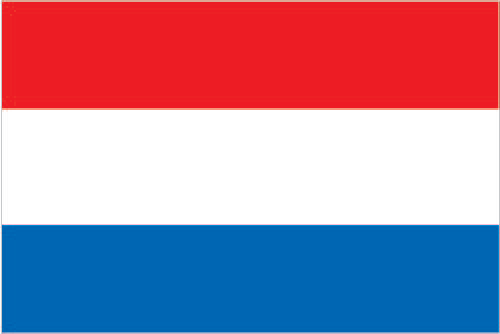Über den Ort » Beek en Donk, Gemeente Laarbeek, Noord-Brabant, Niederlande
- Leenders 720
- Rooijakkers 440
- Van Der Putten 415
- Verbakel 367
- Swinkels 321
- Van Der Aa 300
- Vereijken 274
- Slits 265
- Kanters 257
- Van Thiel 221
- Van Den Heuvel 204
- Van Der Heijden 165
- Van Bragt 164
- Van Leuken 153
- Van De Laar 142
- Van Lieshout 130
- Gruijters 126
- Pardoel 124
- Vogels 122
- Heesakkers 120
- Verhallen 118
- Van De Kerkhof 116
- Royackers 111
- Smits 111
- Huijbers 109
- Van Duijnhoven 109
- Rooijackers 108
- Van Den Elsen 105
- Maas 105
- Verhoeven 103
- DTB Dopen 63.255
- Bevolkingsregister 31.281
- BS Overlijden 26.053
- BS Geboorte 24.278
- BS Huwelijk 18.891
- DTB Trouwen 13.130
- DTB Begraven 11.326
- Bidprentjesverzameling 2.280
- Doodsoorzaken 392
- Inschrijving gevangene 13
Beek en Donk is a village in the province Noord Brabant, Netherlands. There are 10028 inhabitants. The area of nowadays Beek en Donk has been inhabited for a long time. Tools of stone age nomadic people have been found. The first permanent inhabitants come around 700 AD. In the Middle Ages, the basis was made for the current towns. First Beek grew around the Oude Toren, and Heereind. In the 13th century, the role of Heereind was taken over by the expanding Donk. Heereind is noted in a document in 1314, where it was given the same importance as Aarle, Rixtel and Beek. On Saint Barbara day (December 4) in 1300, duke Jan II of Brabant gave the inhabitants of 'Rikestele, Arle ende Beke' (Rixtel, Aarle and Beek) the right to use common lands around the towns. In the 14th century, Beek en donk got its first church. In 1809, it was demolished, but the tower remains, as the Oude Toren (old tower) During the reign of Johanna van Brabant, Beek was together with Aarle and Stiphout, was sold to Dirk de Roovere, for 1.700 gulden. In later ages, the area changed owners a few times, until in 1798 the feudal system was abolished, inspired by the French revolution. During the 80-year war, the town suffered from passing enemy armies. After the war, Beek en Donk remained poor. Only in the late 18th century, when there was more land cultivated, the situation slowly got better. In the 19th century, the town started to develop more. In 1836 the Zuid-Willemsvaart was dug by hand, and in 1880-1881, the steam tram between Den Bosch and Helmond was built, having a stop in Beek en Donk. The tram was broken up later; the canal still remains. There are plans to broaden the canal, so ships up to 1500 tons can use it. In 1997, Beek en Donk, Lieshout, Aarle-Rixtel and Mariahout formed the municipality Laarbeek, of which the town hall is built in Beek en Donk.
![]()
Beek en Donk
Gemeente Laarbeek
Noord-Brabant
Niederlande